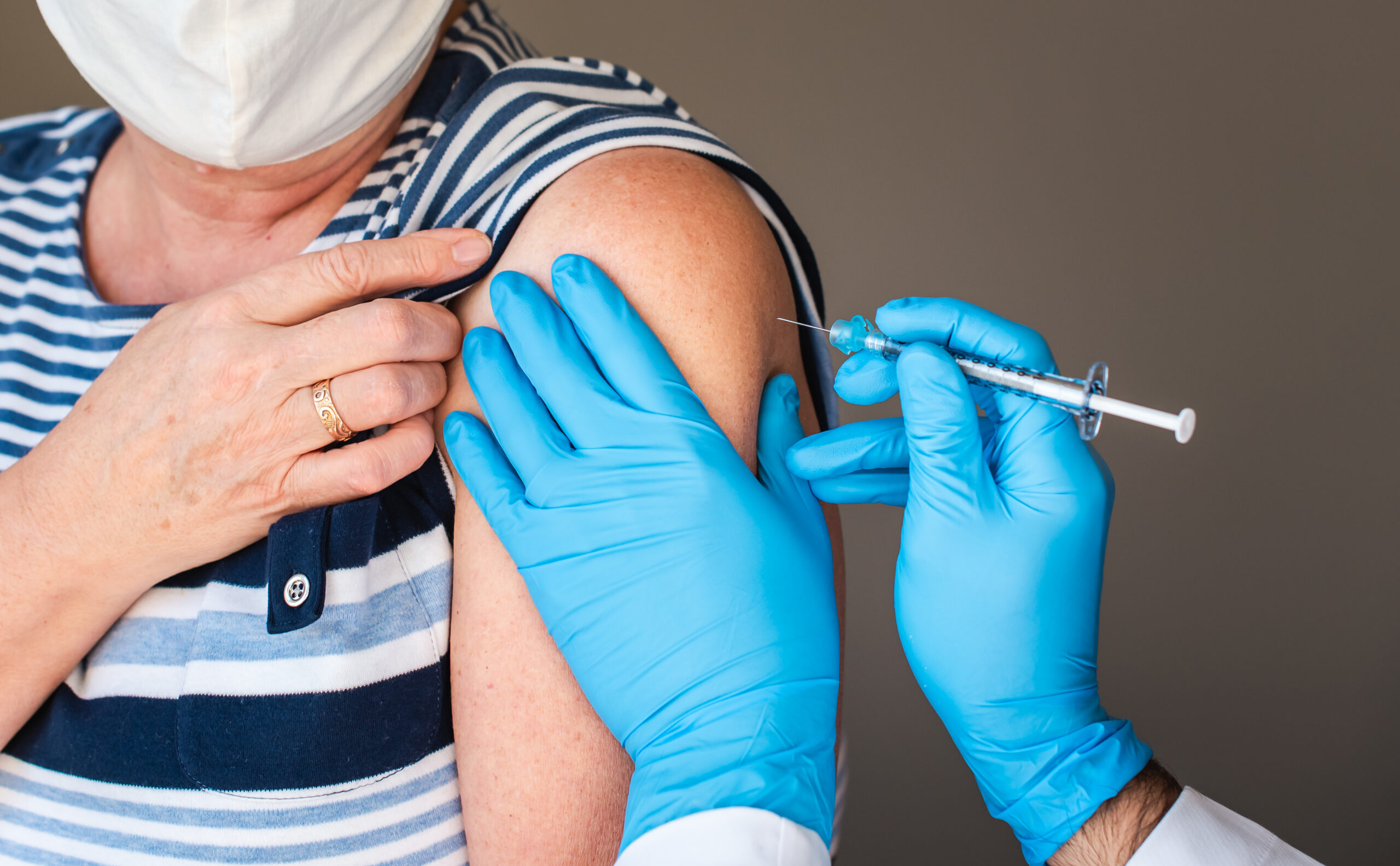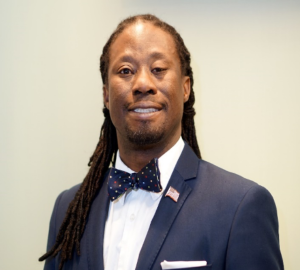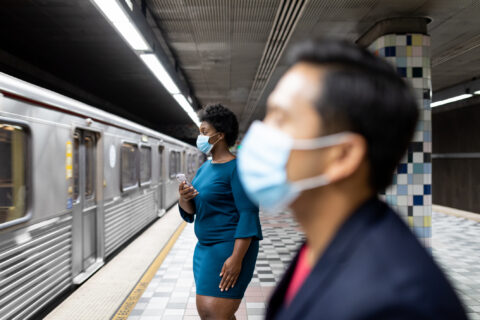As we focus our efforts on conquering this pandemic, local alliances and partnerships can truly inspire success. There is a practical benefit to NLC leaders and local health practitioners talking about how they are establishing a path forward by obtaining, analyzing, and sharing information tailored to their communities. Developing best practices will help our frontline leaders ensure ongoing progress towards disease mitigation, advancing public health and supporting financially impacted communities.
Looking to COVID it is important that we ask how has our experience made our systems more resilient for the future? How can we apply what we have learned to further modernize governmental and public health systems? How do we build equity into our solutions especially around vaccination strategies?
We learn that collaboration across stakeholders instills community trust, inspires innovation, and supports the exchange of ideas and actions on the ground. Therefore we are most effective when our elected leaders are able to include the following principles in decisions and actions:
- Consistently Communicate with Health Departments:
- Stay proactive and initiate conversations with local health department leaders (health directors, deputies, etc.)
- Request information on vaccine supply and up-to-date guidance on preventive measures to reducing transmission
- Communicate in shared alignment with Health Department leaders:
- Work to stay consistent in guidance from health department officials regarding vaccine distribution and dissemination of information related to vaccine availability
- Do joint press conferences or other public events to convey this partnership
- Illustrate trust in science in clear and concise language
- Establish and Maintain Integrated Partnerships:
- Form partnerships across department sectors and with external partners to effectively coordinate and distribute the COVID-19 vaccine and create multifactorial solutions
- For example, there are high-risk populations like homebound adults who need vaccines, so coordinating transportation and public health can serve to meet this unmet need in many communities.
- Build Trust:
- Leading by example by finding sources of misinformation and developing a factual counter-message
- Develop Messages for Vaccine-Hesitant Groups
- Work to create unique messages for different vaccine-hesitant groups
- Acknowledge their concerns such as the deep-rooted historical racism in medical practice against people of color, “speak the Truth, Not Just the Science about COVID-19.”
- Take a Community-based Approach to Vaccine Dissemination:
- States should work with health departments to take a community-based approach to vaccine allocation and not simply prioritize health workers. Instead, simultaneously send vaccines to community members, “it is a pivotal moment for the government to pivot and readjust and send vaccines to communities where they are most needed.”
- Work with Businesses to Establish Work-Related Vaccine Mandates:
- Government leaders cannot enact mandates requiring universal vaccination of the public for COVID-19 under the Emergency Use Authorization (EUA), however, they can work with businesses to incentivize or require their employees to take the COVID-19 vaccine.
- Businesses can improve the health of employees, customers and communities by:
- Promoting COVID-19 prevention and vaccine acceptance,
- Building trust in science and strengthening public health so we can be better prepared in the future,
- And advancing health equity by addressing the needs of disproportionately affected communities.
- Health is everybody’s business. Getting back to business requires that we turn the tide against COVID-19 and create a stronger, healthier future for all Americans.
- Be the Role Model on vaccine confidence
- Work with the public health department to get vaccinated on camera for public dissemination
- Volunteer at a vaccination site to show support for COVID vaccinations to the public
Our workforce is fatigued and faced with real capacity challenges. The legal and policy issues impact our local ability to provide just-in-time training, build resiliency to mental health concerns while identifying strong supports and services to ensure continuity of our government operations. We are faced with the need to diversify our methods for funding which include the integration of public/private partnerships with the academic and business communities.
Leaders are well served with enhanced skills development to emerge out of crisis into adaptive and transformational leadership to help cities rebound from the pandemic with more equitable, healthy communities.









